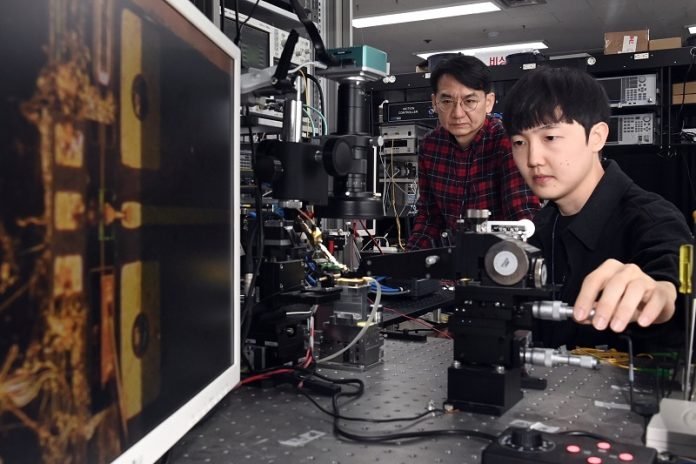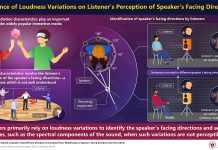
In a world where we’re streaming movies, playing online games, and attending virtual meetings more than ever, the demand for faster internet is skyrocketing.
Researchers at the Electronics and Telecommunications Research Institute (ETRI) have taken a giant leap forward in meeting this demand.
They’ve developed a tiny, powerful light source that could make downloading a full HD movie or sending massive amounts of data almost instantaneous.
This new technology, known as an electro-absorption modulated laser (EML), is a game-changer for places that handle a lot of data at once, like big data centers that store websites, or the base stations that keep our mobile phones connected.
Imagine being able to transmit a 5 GB movie—that’s about the size of a high-definition film—in just under a second. That’s the promise of ETRI’s new light source device, which can send data at a dazzling speed of 224 gigabits per second per channel.
What’s even more impressive is the size of this device. It’s less than a millimeter big (0.2 mm x 0.85 mm), making it small enough to fit into the dense setups of today’s mega data centers and the infrastructure for 5G and 6G mobile networks.
The team at ETRI built this technology from the ground up, creating everything from the design to the manufacturing process.
This light source isn’t just fast; it’s smart too. It comes with a built-in way to convert and monitor the light it emits, ensuring that the data being sent is both fast and accurate.
In practical terms, this means that in the near future, these light source devices could be part of the backbone of the internet and mobile communication, hidden away in data centers and cell towers.
They’ll be packed into what’s called optical transceivers—devices that both send and receive data through light. A single one of these setups could handle data at speeds we’ve only dreamed of until now.
This isn’t just about making your current internet faster. It’s about enabling a whole new level of online experience. Virtual reality (VR), augmented reality (AR), streaming services, and artificial intelligence (AI) applications require huge amounts of data to work smoothly.
ETRI’s technology could make these experiences much more immersive and real-time, without the frustrating lag or loading times.
Before this, the best similar devices could do was send data at 100 gigabits per second. ETRI’s version more than doubles that speed and includes unique features that make it more efficient and less power-hungry.
For example, they’ve found a way to make the light from the device link up more efficiently with the systems that need to receive it, boosting this efficiency from 50% to an impressive 85%.
What this means for us, the end-users, is that the internet and mobile communications of the future will be faster, more reliable, and able to handle the increasing load of data we’re all using.
With the development of this tiny but mighty light source, the ETRI researchers are paving the way for an internet that can keep up with the explosive growth of data and the demand for instant, seamless connectivity.



